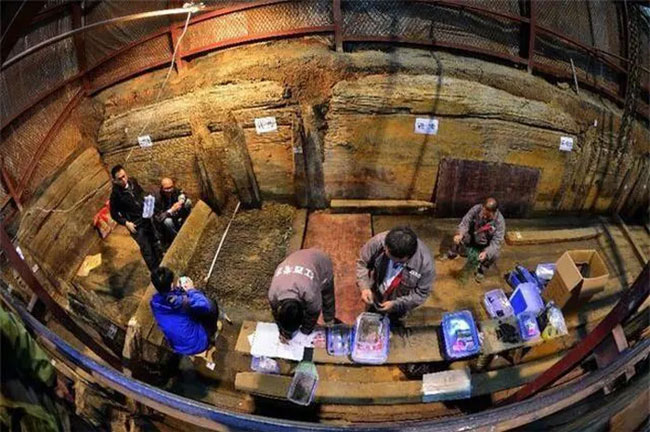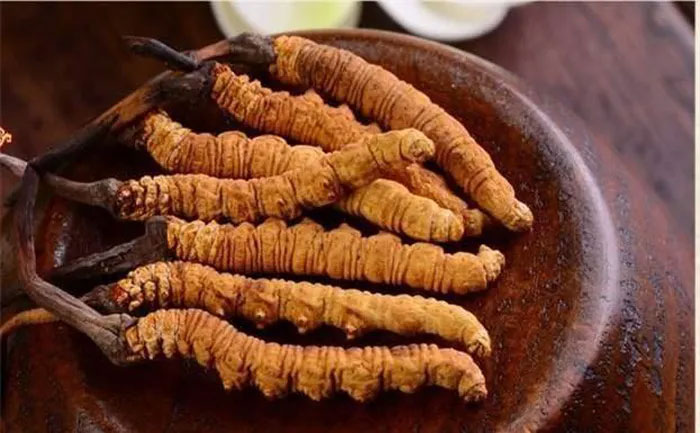As we know, ancient tombs built thousands of years ago are incredibly sturdy and conceal various dangers. Even seasoned experts cannot avoid certain risks.
After all, after thousands of years of history, the coffins within these ancient tombs have long rotted, leading to unexpected changes. A decade ago, in 2011, a “water tomb” was excavated in Jiangxi Province, China.
The condition of the artifacts inside the tomb astonished experts. Upon research, they discovered that these were all rare treasures.
In the 1970s, due to land reform policies, ancient tombs were gradually excavated during this period. A large number of tombs were continuously unearthed, recounting historical stories from various eras. By 2011, the discovery of the Hai Hun Marquis tomb (also known as Liu He) sent shockwaves through the archaeological community.

The Hai Hun Marquis is the grandson of Emperor Wu of Han. He was the ninth emperor of the Han dynasty but left little mark on history. In fact, he ruled for only a mere 27 days. Liu He died at the age of 33. Some historical records indicate that during his brief reign, he caused significant unrest among the people.
During the excavation, the Liu He tomb was massive and had been submerged in drainage water for a long time, earning it the nickname “water tomb.” However, due to the existence of drainage, the ancient tomb was protected from the eyes of tomb raiders. As a result, valuable cultural relics were preserved intact.
According to reports from archaeologists, the tomb of the Hai Hun Marquis holds many rare treasures. Among them is an ancient seal along with other gold artifacts.
While the team was cleaning the tomb, a member accidentally discovered an orange box, believing it to be a container of elixirs. Due to prolonged immersion, the outer copper shell was no longer intact. The expert carefully opened the lid, but what they witnessed inside immediately horrified everyone present.
After calming down, the experts realized that the so-called “millennium corpse” was actually a rare treasure. They were not corpses, but precious medicinal materials known as Cordyceps, commonly referred to as “Cordyceps sinensis.”

Cordyceps. (Image: 163).
Most people are aware that this medicinal material is very rare and highly nutritious. Therefore, since ancient times, this herb has been used for body nourishment. It turns out that as early as the Western Han Dynasty, the Chinese were already using Cordyceps as a tonic.
Interestingly, these Cordyceps had been submerged in drainage water for a very long time, over 2,000 years, yet remained perfectly preserved. Today, they are stored and preserved in a museum, awaiting the day to reveal their secrets.


















































